The bird traps gradually appeared before our eyes as our boat sailed along the Vam Thuat River, near the Saigon River.
The homemade rectangular iron cage, with a trap door on top, is suspended next to the reed beds. Each trap has a few decoy birds. As soon as the sky breaks, the birds flying out to find food will be lured into the trap by the cries of their own kind.
In the evening, bird trappers collect birds to sell wholesale to agents. Agents distribute them to smaller bird release points (usually located in front of pagodas, temples, and shrines). The bird release market is thus formed, operating all year round and is very busy on the first and fifteenth days of the lunar month, especially the fifteenth day of the seventh lunar month.
Moving closer to a reed bed, we met a man who was gathering birds from the trap into a larger cage. I estimated there were about 100 birds, trampling over each other in a cage measuring only about 25 x 35 cm, but he said: "There are 70".
The birds are then imported wholesale to agents at a price of about 4,500-5,000 VND/bird. When they reach retail buyers, the price increases, fluctuating between 10,000-12,000 VND/bird. The trapper told me that some people earn about 500,000 VND per day, which means at least 100 wild birds are caught.
Releasing animals is a beautiful practice of Buddhist teachings, but it has been distorted to the point of being contrary to its original purpose. When the activity of releasing animals takes place bustlingly according to "orders", creating a real market for buying and selling, the true meaning of releasing animals is not only lost but also promotes killing.
In a bustling city like Ho Chi Minh City, you can not only see the scene of bird traps on the reed banks along the river but can also easily see sparrow traps on tall trees in Binh Tan Missile Residential Area, for example. In the countryside, bird trapping activities are even more bustling and bold.
When I approached a bird dealer at Thanh Hoa bird market, Long An province - a place known as "Hell of wild birds", I was surprised when this person committed to being able to supply tens of thousands of birds for release at a time and was ready to deliver them all the way to Hanoi . Through dealers like those at Thanh Hoa bird market, birds caught from all over are collected and brought to big cities for sale, mostly finches, sparrows... In addition to birds, fish, eels, snails... are also released by people.
They become victims of a cruel game, disguised as a humane concept of release. One traps the other releases the animals.
Do released birds have a chance of surviving?
The bird trapper admitted that trapped birds, lying in layers and trampling each other in narrow cages, would weaken very quickly. After being released, they would have difficulty flying far. Therefore, many people suspected that the birds had their wings clipped. "Birds bought and released are calculated by the thousand (one thousand = 1,000 birds), who could clip their wings?" he explained to me, firmly stating that there was no way people like him would clip the wings of released birds to make it easier to recapture them.
Many poor birds died right in their cages, not waiting for humans to play the "rescue" game - an act not out of compassion, but for personal gain (praying for longevity, fame, wealth...).
On my return to the Vam Thuat River that afternoon, I also came across traps that had been abandoned by collectors. In one trap, two small birds were still hopping around next to about seven other dead birds, lying on top of each other. Some of the dead birds had their mouths tightly closed on the cage walls, as if they were desperately trying to bite the iron bars to escape.
Faced with that image, do you think your act of buying birds to release them is actually giving creatures a chance to continue living or creating an opportunity for them to be killed?
According to vnexpress.net
.
Source




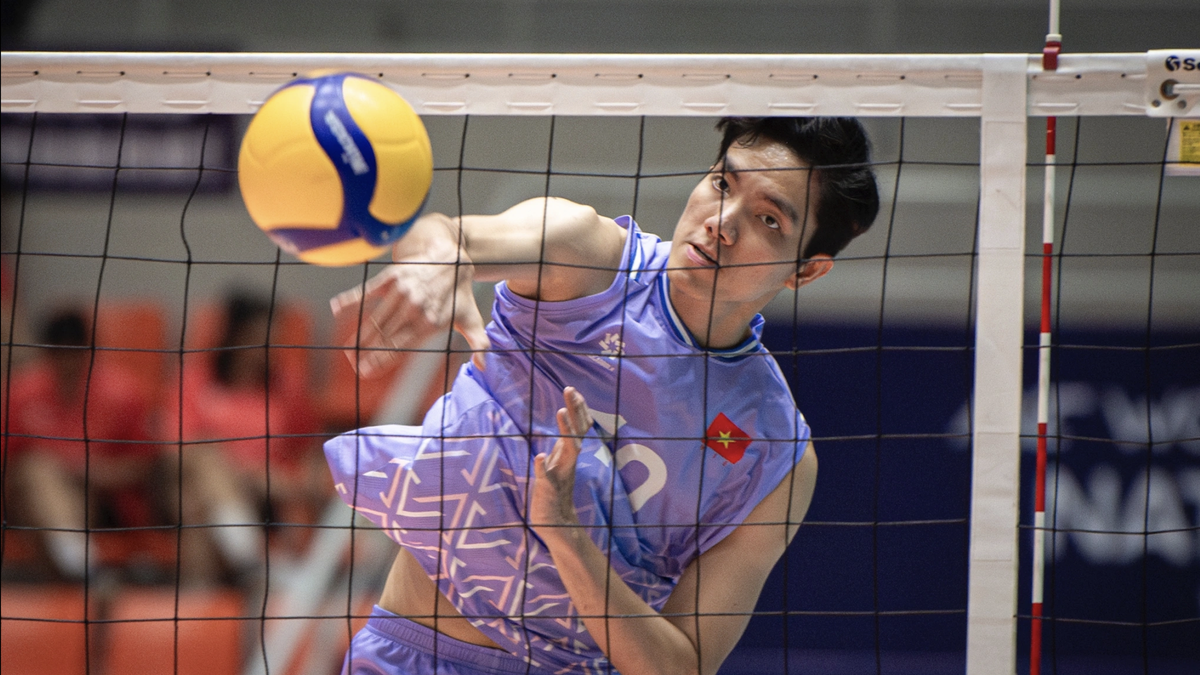















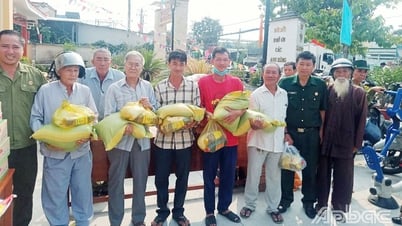

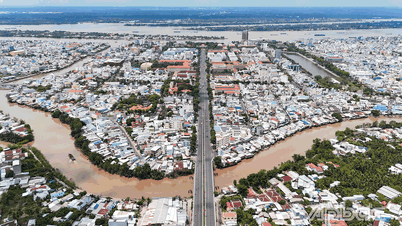






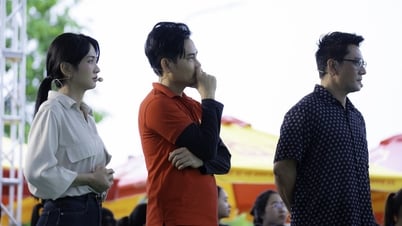
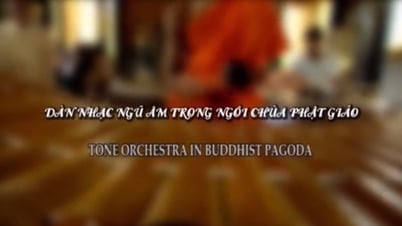


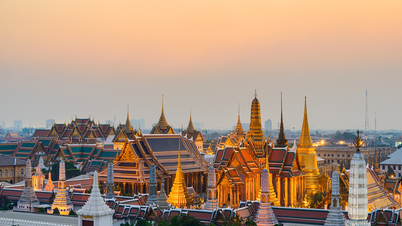

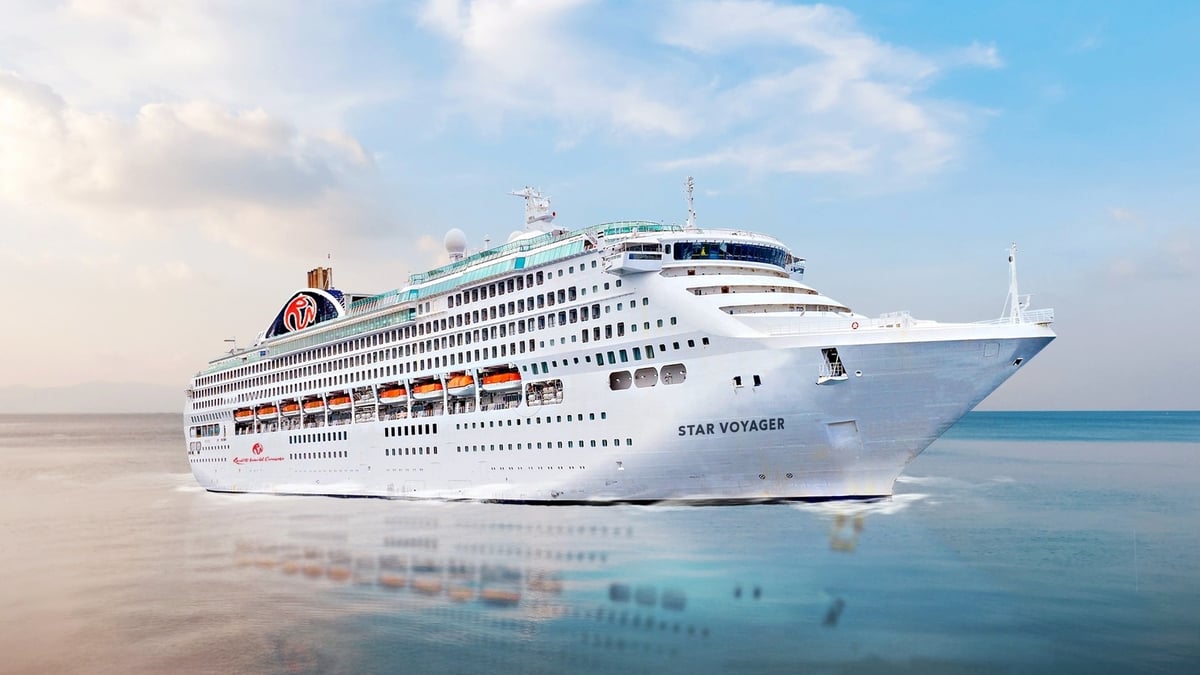













































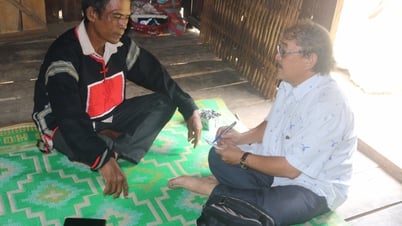




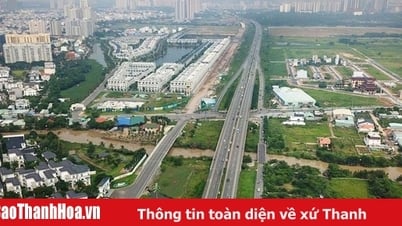


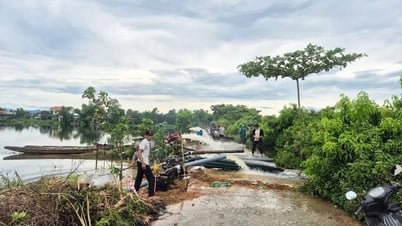













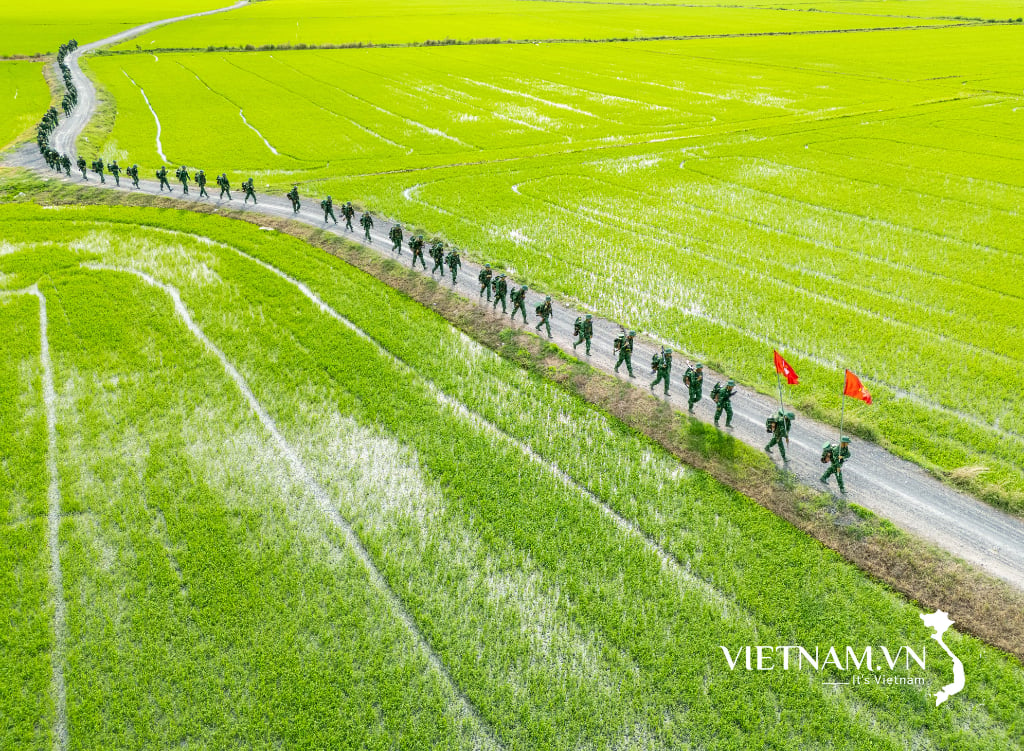

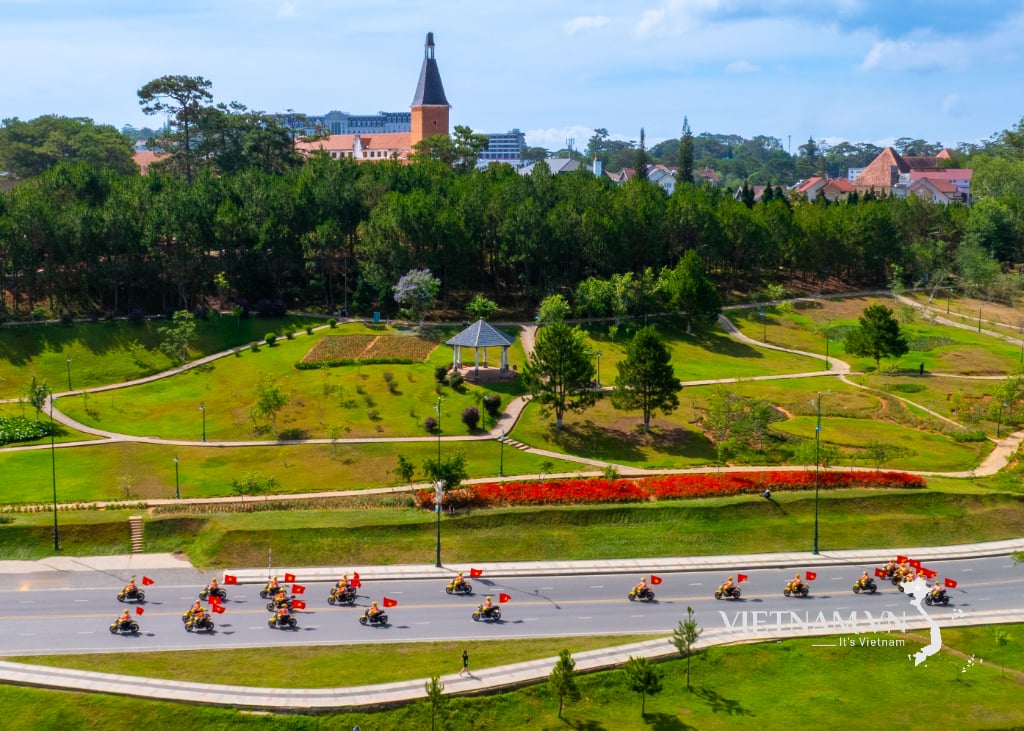
Comment (0)